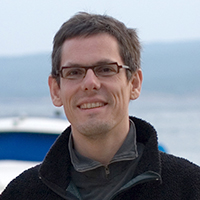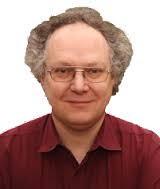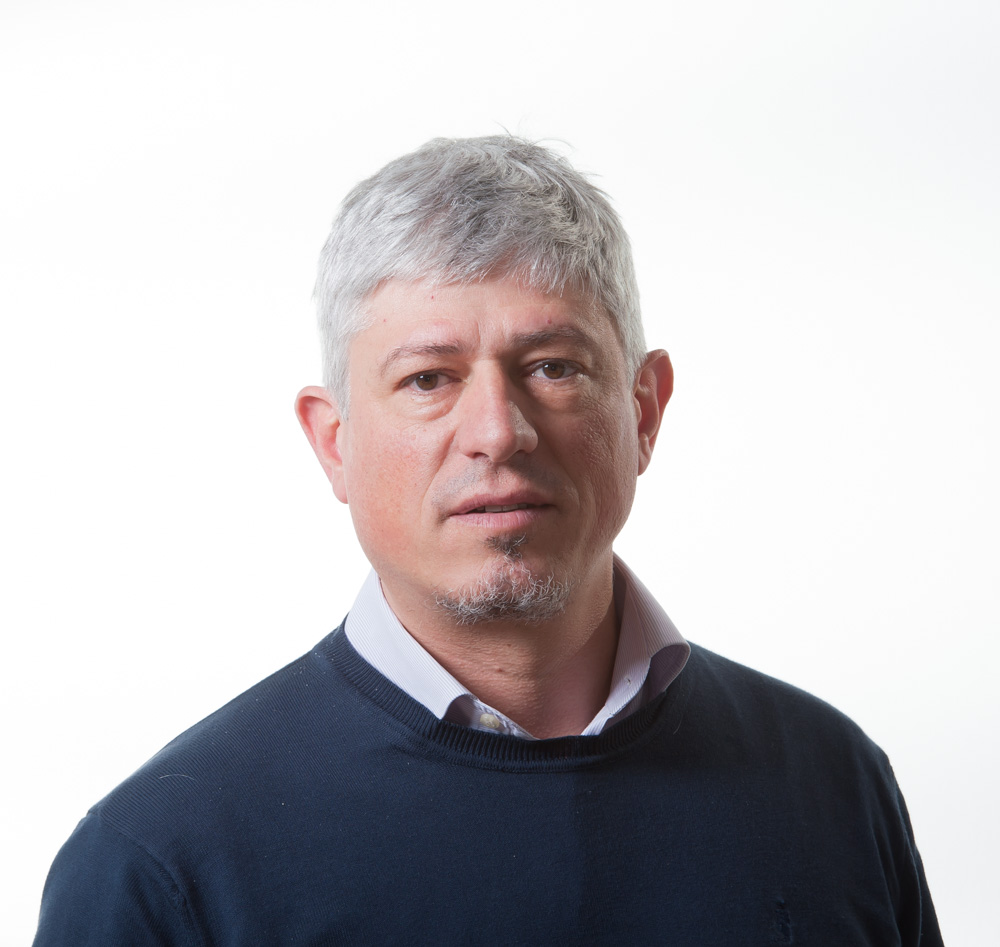- Home
- Objective
- Keynote Speakers
Mohamad Sawan Canada Research Chair in Smart Medical Devices Polystim Neurotechnologies Laboratory Polytechnique Montreal, Canada
Prof. Mohamad Sawan
Fabrice Wendling (PhD) holds a position of Director of Research at INSERM

Prof. fabrice Wendling
Metin Akay is currently the founding chair of the new Biomedical Engineering Department and the John S. Dunn professor of biomedical engineering at the University of Houston

Prof. Miten AKAY
Bart Bijnens

Prof. Bart Bijnens
ICREA Research Professor in the Department of Information and Communication Technologies at Universitat Pompeu Fabra (UPF)
Patrick Flandrin

Prof. Patrick Flandrin
CNRS "Research Director" at École normale supérieure de Lyon
Ghaleb Husseini Professor- AUS Chemical Eng. Department, Sharjah, UAE
 Prof. Ghaleb Husseini
Prof. Ghaleb Husseini
Peter Stadler Algorithms, Computing in Mathematics, Natural Science, Engineering and Medicine, Bioinformatics University of Leipzig ,
 Prof. Peter Stadler
Prof. Peter Stadler- Invited Speakers
- Partner Universities
- Lebanese University, LU, LB
- Saint Joseph University, USJ, LB
- Notre Dame University, NDU, LB
- Rafic Hariri University, RHU, LB
- Islamic Univ. of Lebanon,IUL, LB
- Saint Esprit of Kaslic Univ. USEK, LB
- More...
- Modality and submission
Paper presentation and submission

The conference will consist of oral presentations of fifteen minutes with few plenary sessions. All submitted papers will be peer reviewed. Accepted papers will be published as a collective work in an electronic format and will be submitted for inclusion to IEEE Xplore
 Sergio Martinoia
Sergio MartinoiaPhD in Bioengineering from the University of Genova and Politecnico of Milano
Title: In-vitro neuro-electronic interfaces: micro transducer arrays and biomedical applications
Abstract:
It is well known that neurons of rats and/or mice (post-natals or embryos) extracted from specific areas of the Central Nervous System (CNS) can be cultured in vitro, under appropriate conditions, coupled to electronic devices. After a few days, neurons connect each other with functionally active synapses, forming a complex network and displaying spontaneous electrophysiological activity. More specifically, these experimental biological models can be coupled to Micro-Transducer Arrays (MTAs) for neurophysiological studies.
First, I will present homogeneous 2-dimensional (2D) networks coupled to conventional (i.e. up to hundreds of microelectrodes) and high-density (more than one thousands of microelectrodes) devices and interconnected 2D networks in which sub-populations of neurons are physically segregated.
Second, I will introduce a truly 3-dimensional (3D) network model in which 3D neuronal cultures are coupled to conventional Micro-Electrode Arrays (MEAs). Biomedical applications of this experimental model and the possible neuro-electronic coupling with 3D based devices will be discussed.
Finally, I will present a recently introduced new platform for electrophysiological measurements based on organic field-effect transistors that holds the promise for low-cost, easy to handle and wide spectrum of applications.
For all the introduced devices and experimental models, applications in the biomedical domains will be presented and discussed. More specifically, the fundamental issue related to the signal processing and data analysis, will be addressed with reference to signal detection, parameter extractions and data-reduction. Particularly, the use of new methods based on in-vitro neuronal cultures coupled to MEAs for neurotoxicological and neuropharmacological applications will be addressed and discussed with specific reference to the international context.References
- Berdondini L., Imfeld K., Maccione A., Tedesco M., Neukom S., Koudelka-Hep M., and Martinoia S., Active pixel sensor array for high spatio-temporal resolution electrophysiological recordings from single cell to large scale neuronal networks, Lab on a Chip, 9, 18, 2644-2651, (2009)
- Martinoia S., Bonzano L., Chiappalone M., Tedesco MT., Marcoli M., Maura G., “In-vitro cortical neuronal networks as a new high-sensitive system for biosensing application”, Biosensors & Bioelectronics 20: 2071-2078, (2005).
- Frega M., Tedesco M., Massobrio P., Pesce M., and Martinoia S., “Network dynamics of 3D engineered neuronal cultures: a new experimental model for in-vitro electrophysiology”, Scientific Report, 4, 5489, doi:10.1038/srep05489 (2014).
- Spanu A., Lai S., Cosseddu P., Tedesco M., Martinoia S., and Bonfiglio A., “An organic transistor-based system for reference-less electrophysiological monitoring of excitable cells”, Scientific Report, under revision (2014).
Biography:
Sergio Martinoia received the Laurea degree in Electronic Engineering from the University of Genova, Italy, in 1989 and the PhD in Bioengineering from the University of Genova and Politecnico of Milano in 1993. He was visiting student (1991) and visiting scientist (1997) at Stanford University working with the group of Prof. G. Kovacs at the Center of Integrated Systems (CIS) developing micro-transducer array based systems for biomedical applications. Since 2000, he is associate professor of Bioengineering at the Dept. of Informatics, Bioengineering, Robotics and System Engineering (DIBRIS) of the University of Genova where he teaches courses for undergraduate and graduate students (Bioelectronics, Neuroengineering and Neurotechnologies) for the Biomedical engineering degrees. Since 2002 he is leading the Neuroengineering and Bionanotechnology Lab at DIBRIS participating and coordinating several international projects in the field of neural engineering and biomedical technologies. He was one of the founder, in 2002, of the Summer school of Neuroengineering “Massimo Grattarola” held periodically in Genova (six editions). From 2007 to 2013, he was collaborating as senior scientist at the Dept. of Neurosciences and Brain technologies (NBT) of the Italian Institute of Technology. From 2013 he is chairman of the PhD program in Bioengineering and Robotics, University of Genova and Italian Institute of Technology.
During the years, he has greatly contributed to the introduction of new enabling technologies in the field of biosensing and in-vitro network electrophysiology and he is one of the leading scientists in the field of neuro-electronic interfaces, MEA-based systems and in-vitro neurophysiological applications. He is associate Editor of Scientific Reports (NPG), Plos One, Frontiers in Neuroengineering, Frontiers in Bioengineering, Computational Intelligence in Neuroscience. From 2008 he is in the scientific board of the International congress on Substrate Integrated Micro-Electrode Arrays (MEA meeting). His main research interests are focused on: bioelectronics, neuroengineering, network electrophysiology and computational neuroscience. On the above topics he has contributed more than 110 publications on international refereed journals (H-index=27, scopus; H-index=34, google scholar).
- Keynote Speakers









 Mohamad Sawan
Mohamad Sawan